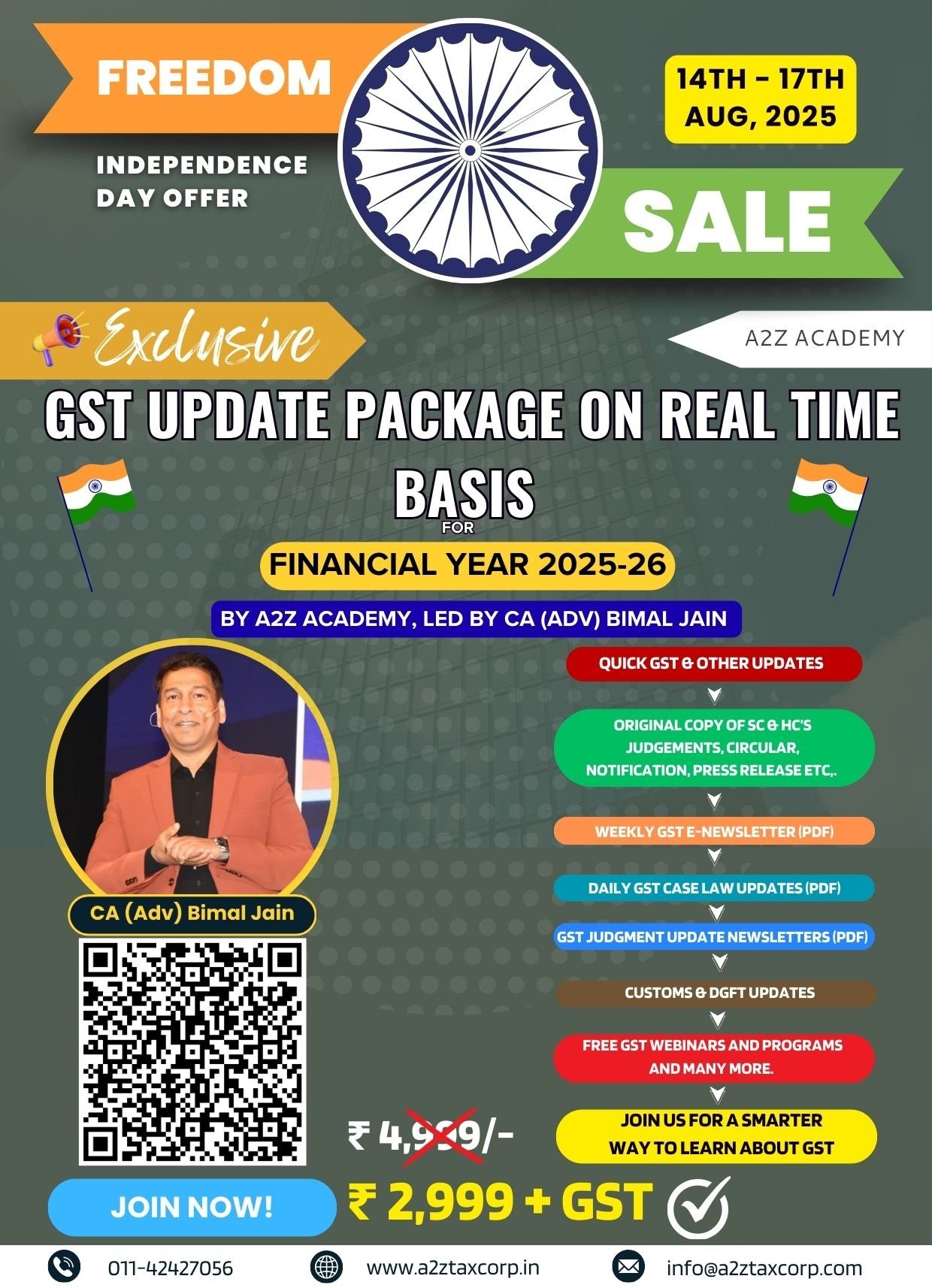
Income-tax returns of charitable trusts and research institutions that have wrongfully claimed exemptions, as well as entities and individuals that have had repeated additions to their liability, will be automatically selected for scrutiny this year.
The latest guidelines of the Central Board of Direct Taxes (CBDT) mandate senior field officers to issue notices on such income-tax returns (ITRs) until 30 June.
The guidelines are part of the direct taxes authority’s efforts to improve compliance. The annual exercise is even more important this year as the government seeks to curb evasion and shore up tax revenue after foregoing ₹1 trillion in the annual budget to provide relief to the middle class.
According to data available from the CBDT, more than 314,000 associations of persons or trusts filed tax returns in 2023-24.
Queries emailed to the CBDT seeking comments remained unanswered until the time of publishing.
Charitable and religious trusts, as well as research institutions, claiming tax exemption under the Income Tax Act’s Section 11 must register again. The changes in law introduced from 1 April 2021 seek to improve compliance and avoid roving enquiries into their affairs.
The CBDT’s guidelines said that cases where such registration has not been granted or has been revoked by the end of March 2024 and the institution has claimed tax exemption in 2024-25, shall be scrutinized by the department’s faceless assessment centre. Cases where withdrawal of registration is set aside in appellate proceedings will be excluded.
In addition to registration, charitable and religious trusts and institutions must ensure that 85% of the donations are used for charitable or religious purposes to be eligible for the benefit. Universities and research institutions that do not claim tax benefits under other provisions of the law can also claim tax exemption under Section 11.
Individuals and entities that have been subject to a survey—a visit by tax officials that is less stringent than a search—and those that have been searched after 1 April 2023 will also have their ITRs automatically scrutinized this assessment year.
Also, taxpayers in metro cities and other places, who have had additions made to their tax liability repeatedly in the past above specific thresholds, will get tax scrutiny notices by the end of June. So would the cases flagged by any other regulator, law enforcement agency, or intelligence agency for alleged tax evasion.
Stricter, clearer norms
The guidelines for compulsory selection of ITRs for scrutiny in 2025-26 are consistent with those of prior years, but thresholds have been increased, according to experts.
“Previously, additions exceeding ₹25 lakh for cases in eight metro jurisdictions and ₹10 lakh for cases in non-metro jurisdictions triggered automatic scrutiny. Under the revised guidelines, these thresholds have been increased to ₹50 lakh and ₹20 lakh, respectively. The move is expected to significantly reduce the number of cases selected for compulsory scrutiny,” an tax expert said.
“Additionally, the guidelines now prescribe stricter timelines to forward the details of selected cases to assessment units, aiming to streamline the assessment process. These changes will not only ease the compliance burden on taxpayers but also provide both tax authorities and assessees with adequate time for a more thorough and balanced assessment proceeding,” he added.
The apex direct tax policymaking body clarified that international tax matters and complex cases handled by Central Charges, the department’s specialized wing, are not covered under the department’s faceless assessment scheme.


